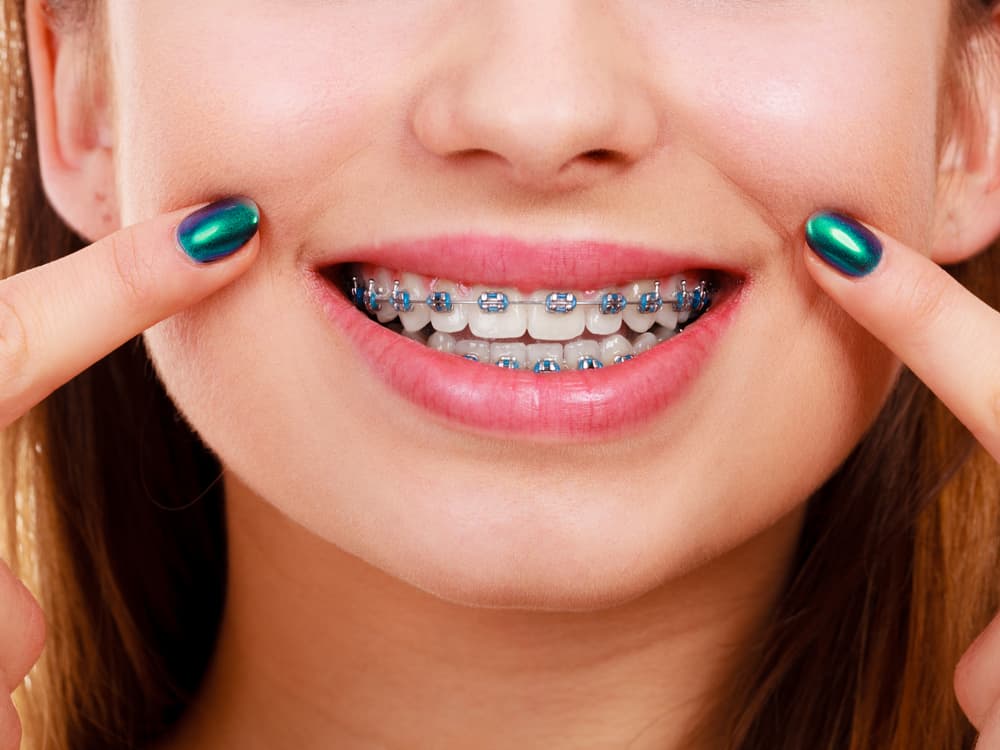The bustling of orthodontic offices is a familiar sound to many people, as the need for braces and other orthodontic devices is often a necessary part of life. But many people don’t realize that there is an often overlooked solution to the discomfort of wearing braces – dental wax.
This product is a simple yet surprisingly effective remedy to the irritation caused by brackets and wires, providing comfort that can make wearing braces a much more pleasant experience.
In this article, we will discuss the benefits of dental wax, how to apply and remove it, how long it lasts, what materials it is made from, and where to buy it.
So if you’re in need of some relief from the discomfort of braces, dental wax may be the perfect solution for you.
What is Dental Wax?
Dental wax is a malleable material designed to relieve the irritation and discomfort caused by braces. It is a piece of wax shaped like a ball, specifically designed to fit and cover the sharp edges of orthodontic braces. Natural waxes, such as beeswax, are often used to make dental wax products, but other ingredients can be added for more soothing effects.
Dental wax products are available in various forms, such as a ball of wax or a cotton ball covered in wax. Orthodontic wax products are an effective and safe way to help those with braces to reduce irritation and maintain a comfortable smile.
What are the Benefits of Dental Wax?
Utilising wax for orthodontic treatment can provide a much-needed respite from the discomfort of metal brackets and bands. Dental wax offers many benefits, including:
- Acting as a protective barrier between the orthodontic devices and the soft tissue of the mouth, reducing irritation and preventing sore spots.
- Helping to keep food particles away from traditional braces, which can help maintain good oral hygiene.
- Acting as a cushion between pieces of wax, reducing friction and allowing for more comfortable oral care.
Dental wax can provide much-needed relief from the discomfort associated with orthodontic treatment while also helping maintain good oral health. It can also protect the soft tissue in the mouth from the harshness of orthodontic devices and provide a protective barrier to prevent food particles from getting stuck in traditional braces. Using wax pieces, orthodontists can also reduce friction, allowing for more comfortable oral care.
How to Apply Dental Wax to Braces
Applying dental wax to braces can relieve discomfort and promote good oral hygiene. Temporary relief from the sensation of braces can be achieved when the wax is used on traditional metal braces, ceramic braces, and other braces appliances. To apply the wax to the braces, it is first important to read the product ratings and claims to ensure safe use.
Then, the wax should be shaped into a small ball and applied directly to the braces wires, one section at a time. Once applied, it should be gently pressed into the wires and left to sit until the desired relief has been achieved.
With regular application, dental wax can provide a safe and effective solution to the irritation caused by braces.
How to Remove Dental Wax from Braces
Removing the wax from braces can be a difficult task. Metal brackets, wax application, and braces wax alternatives are all factors that need to be considered when it comes to wax removal.
Dental wax is an ideal solution for braces because it reduces discomfort from braces and other dental waxes. Mouth wax can be used at the edge of aligners that rub against the mouth, providing extra cushioning and comfort. Additionally, dental silicone can provide a softer alternative to wax.
Lastly, it is important to note that Australian health regulations should be followed when using wax on braces.
How Long Does Dental Wax Last?
The longevity of dental wax varies depending on the material used and the frequency of application. Dental wax relieves discomfort caused by metal wires, broken brackets, and other orthodontic appliances. It is made from safe materials on tooth enamel and can be applied to the wires of braces or other dental appliances to prevent discomfort. Depending on the product details, the wax can last anywhere from a few hours to a few days. It is important to consult the product details or instructions to determine how long the wax can last before needing to be reapplied.
Dental wax can also help protect against misaligned teeth and tooth decay caused by braces or other orthodontic appliances. It helps to cushion and protect the teeth from the metal wires and brackets of braces, reducing pain and irritation. Dental wax can help keep teeth healthy and prevent decay by providing a layer of protection. It can also help create a perfect smile by aligning the teeth during treatment.
In conclusion, the longevity of dental wax depends on the type of material used and the frequency of application.
What Materials Is Dental Wax Made From?
Dental wax is often crafted from materials designed to cushion and protect teeth from metal wires and other orthodontic appliances, providing comfort like a cozy blanket. To combat the discomfort of braces, brackets, and retainers, many materials are used in the production of dental wax, including:
- Silicone: It is a flexible material allowing the wax to move with the teeth as they shift over time.
- Aligner trays: Soft and pliable, the aligner trays allow the wax to conform to individual teeth and provide additional cushioning protection.
- Warm water: Adding warm water can soften the wax to make application easier and more comfortable.
- Retainers: Retainers provide additional support for the wax, allowing it to stay in place and help reduce irritation and discomfort.
- Protective layer: The wax is protective between metal braces and the teeth, reducing friction and irritation.
Using these materials, dental wax can provide a secure and comfortable solution to the irritation and discomfort often associated with braces and other orthodontic appliances.
Where to Buy Dental Wax for Braces
Those looking to purchase dental wax for use with braces may find a variety of options available. From the type of wax and the application of braces wax to the best-selling dental waxes, consumers have various solutions for braces bracket, discomfort, and fit.
The most commonly used dental wax for braces are fixed retainers and custom retainers. Both waxes are designed to ensure a comfortable braces experience and to reduce irritation.
Consumers can find a wide range of dental waxes at local drug stores and online retailers, with many bestselling products offering the highest quality and the best results.
Key Takeaways
Dental wax for braces is the perfect solution for those seeking a comfortable and effective method of protecting the mouth from irritation and discomfort caused by brackets and other orthodontic components.
With proper application and removal, dental wax can last for extended periods, helping to relieve the discomfort of wearing braces.
Made of natural materials, dental wax is safe and easy to use and can be found at most orthodontic and dental supply stores.
With its convenience and effectiveness, dental wax for braces is ideal for anyone looking to make their orthodontic experience a bit more comfortable.
For those searching for an effective and comfortable solution to protect their mouth from irritation caused by braces, come to Winston Hills Dental in Winston Hills, NSW, for a selection of quality dental wax for braces. Our experienced staff can advise on the best products to suit your needs. Visit our store today to find the perfect dental wax for your braces and enjoy the comfort and convenience of a safe and natural solution.

